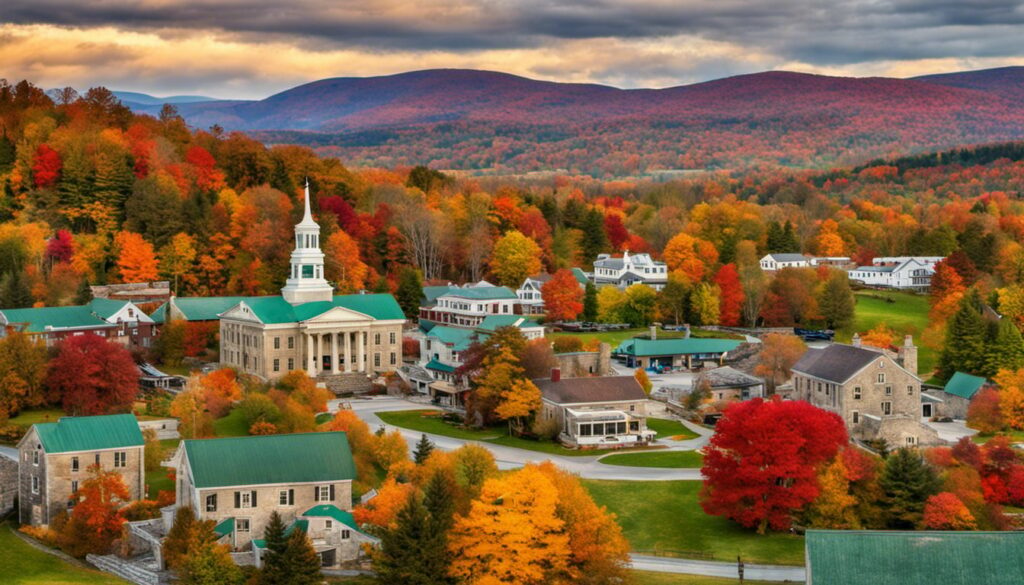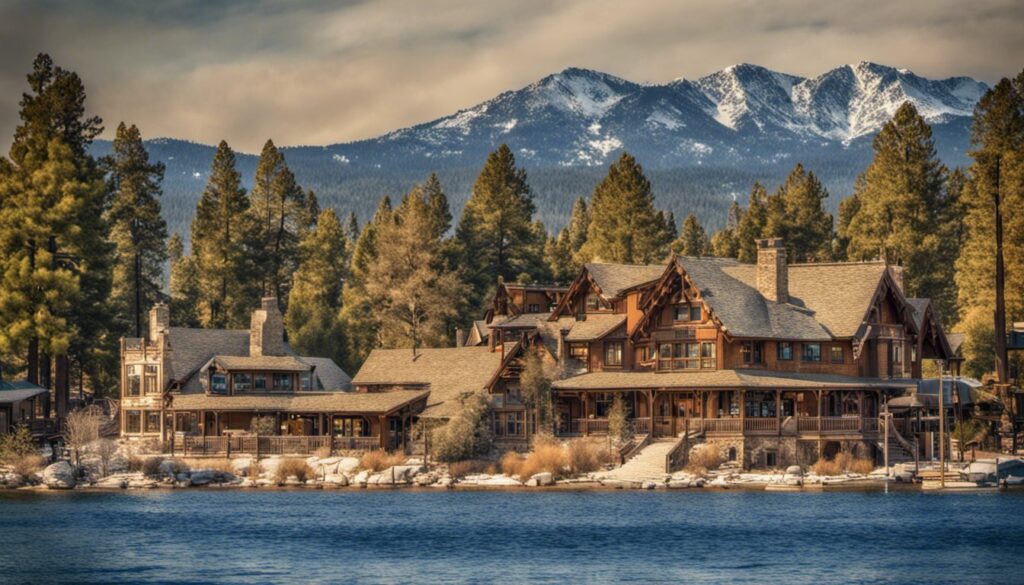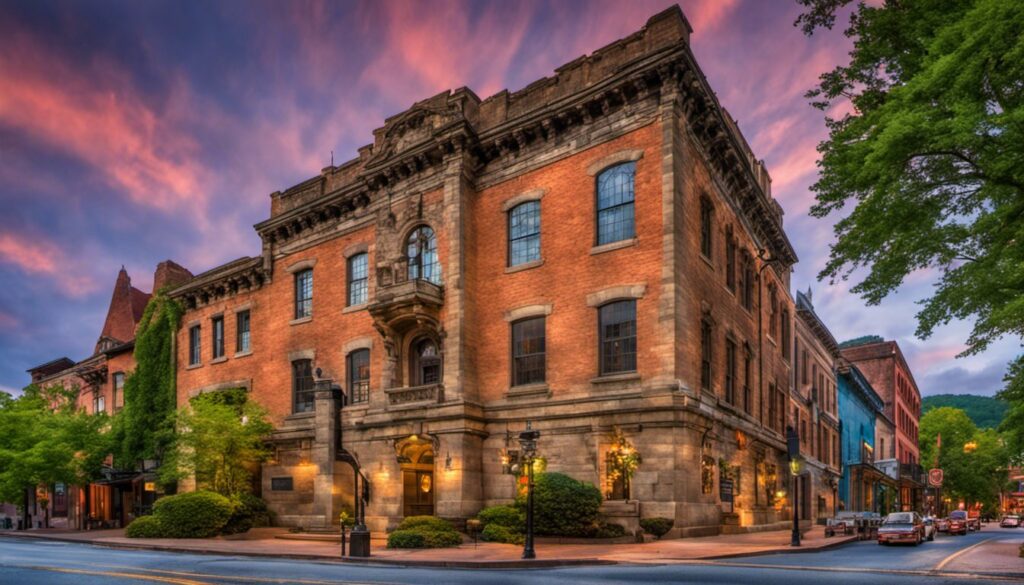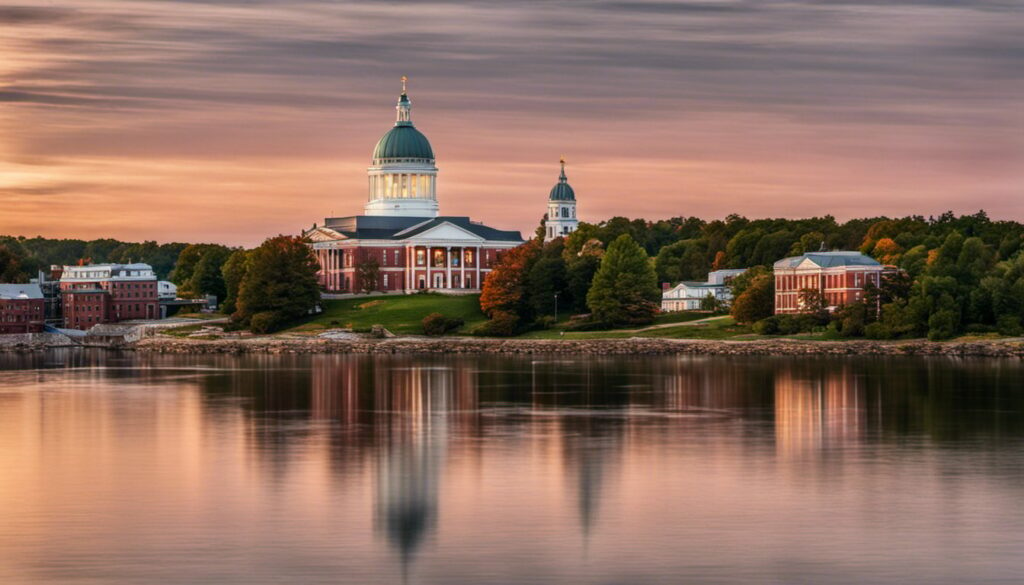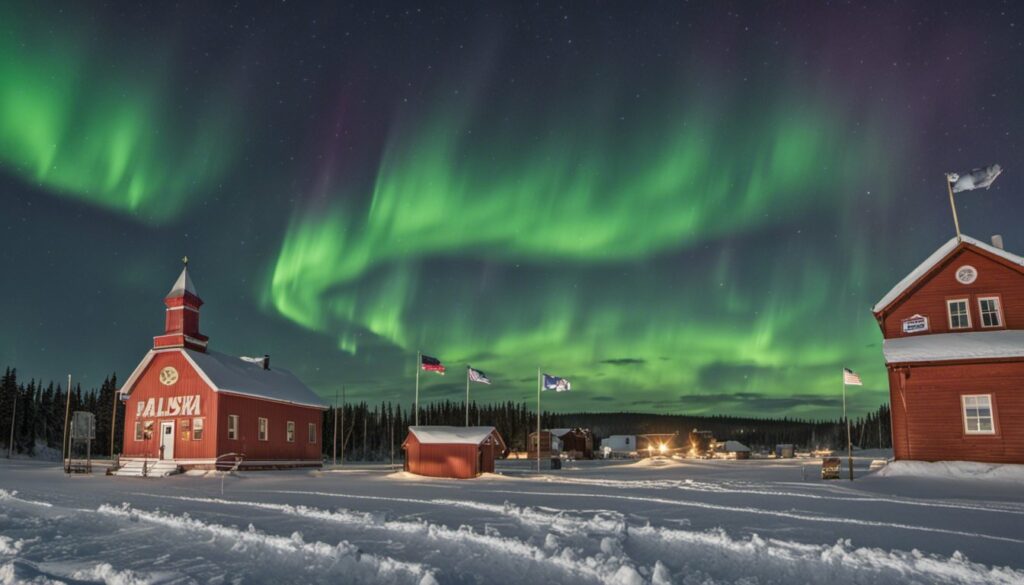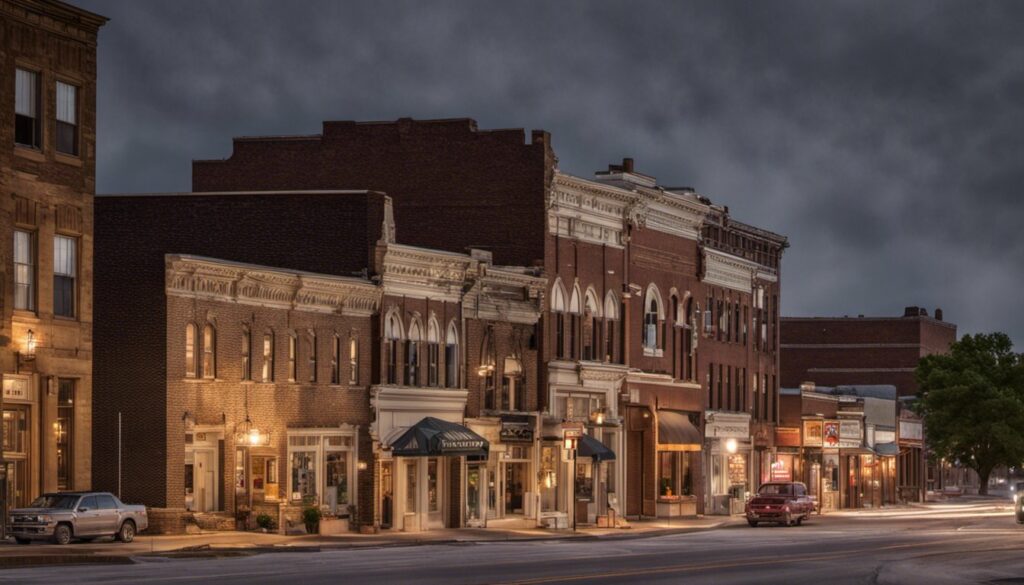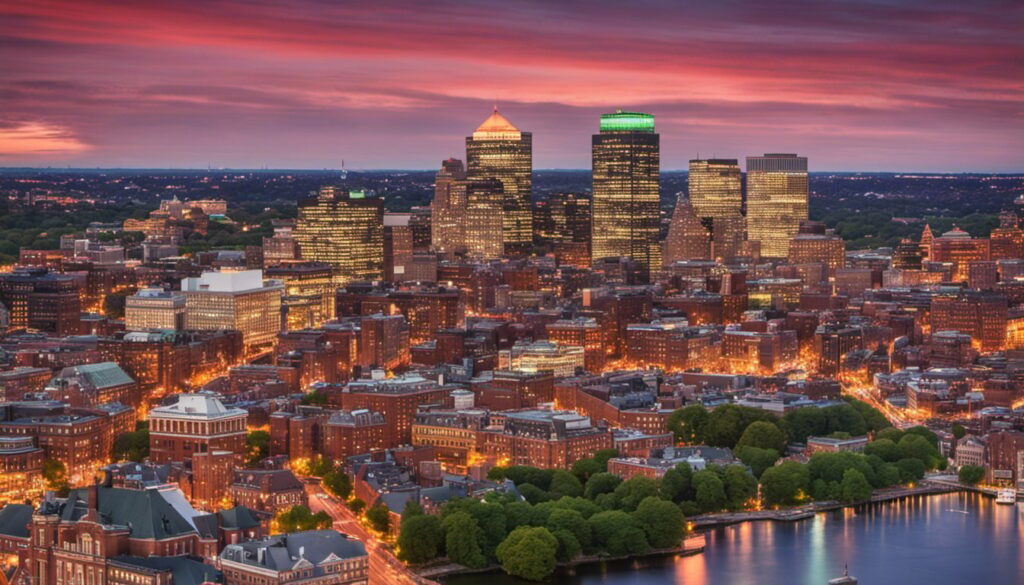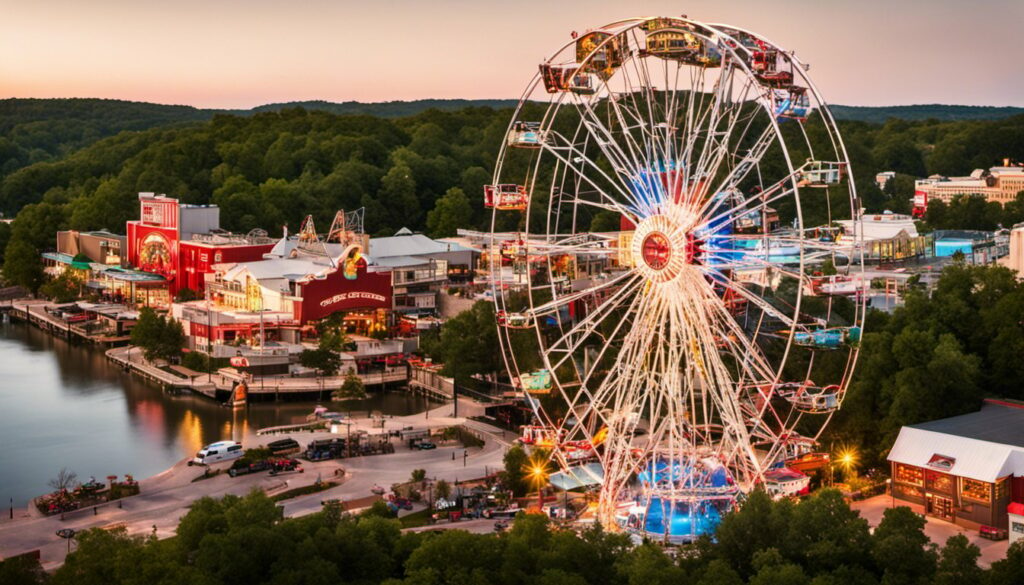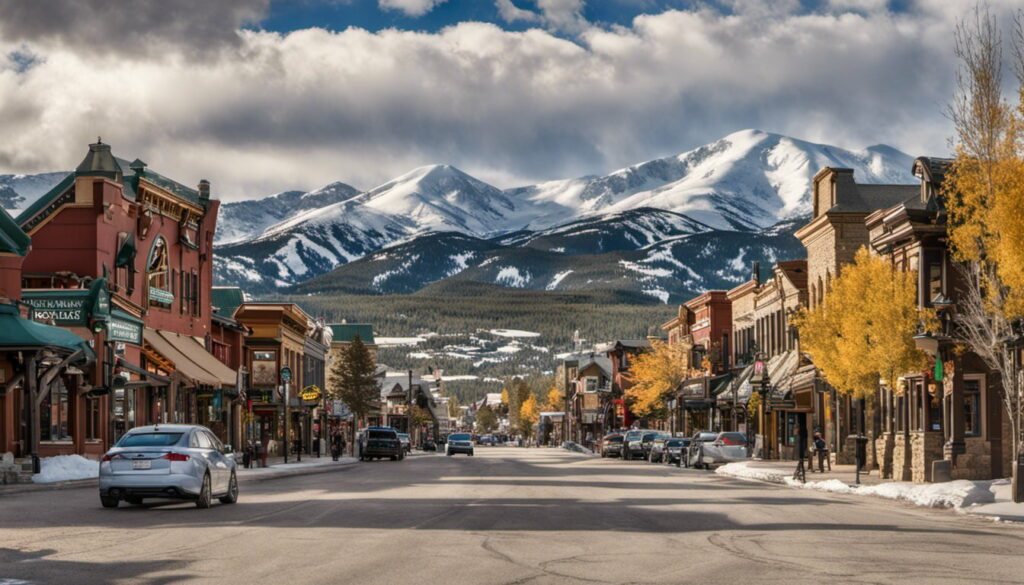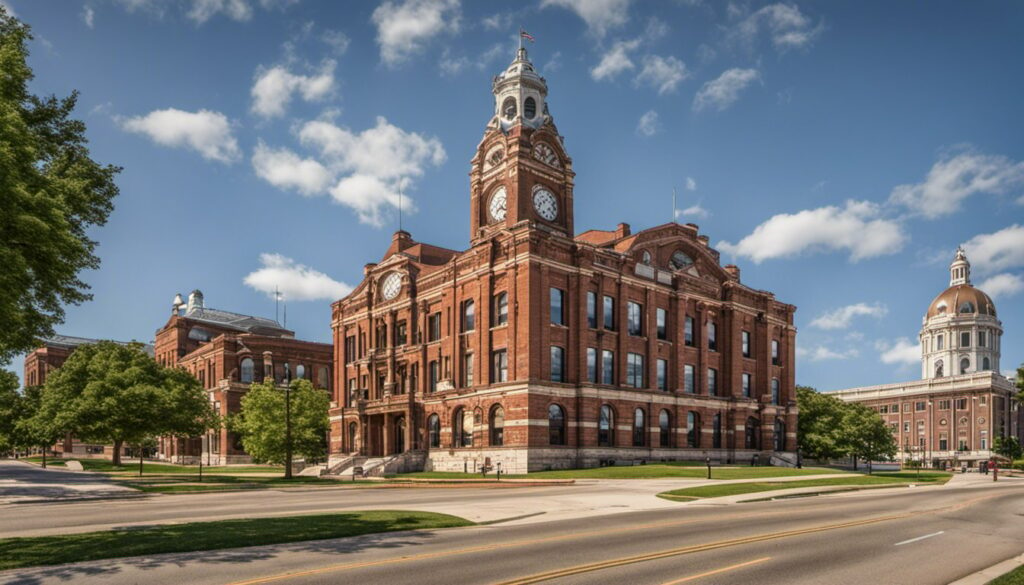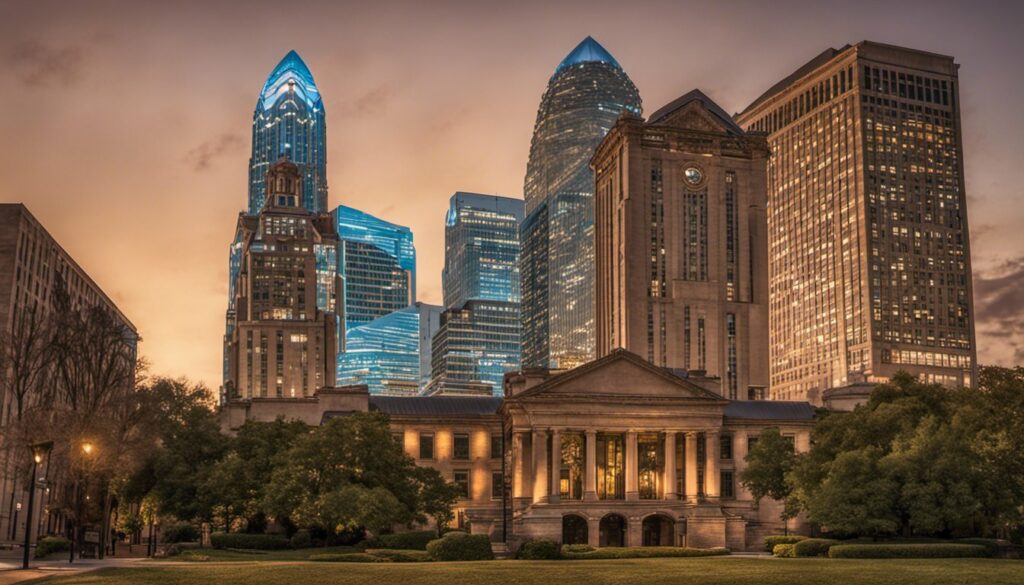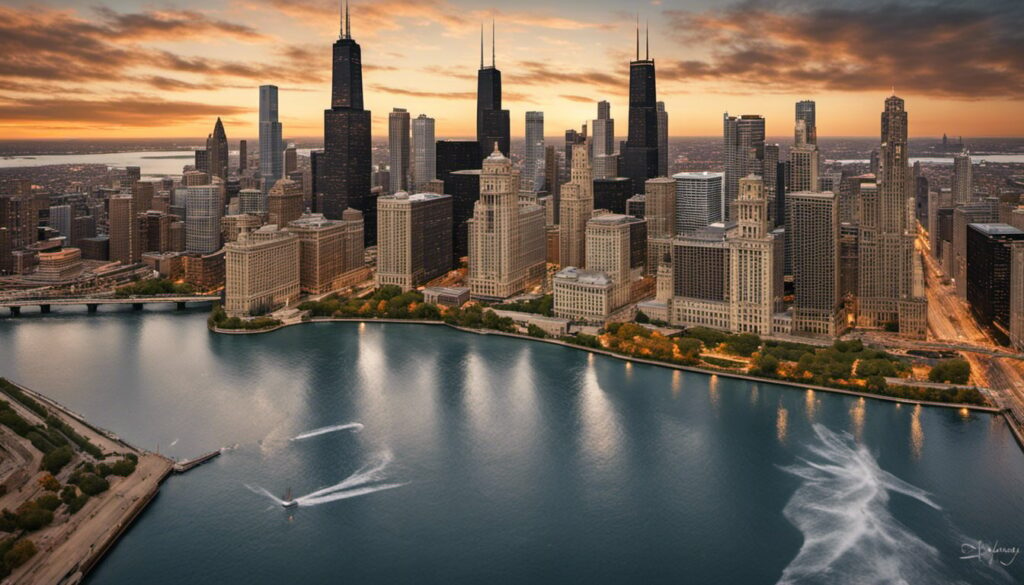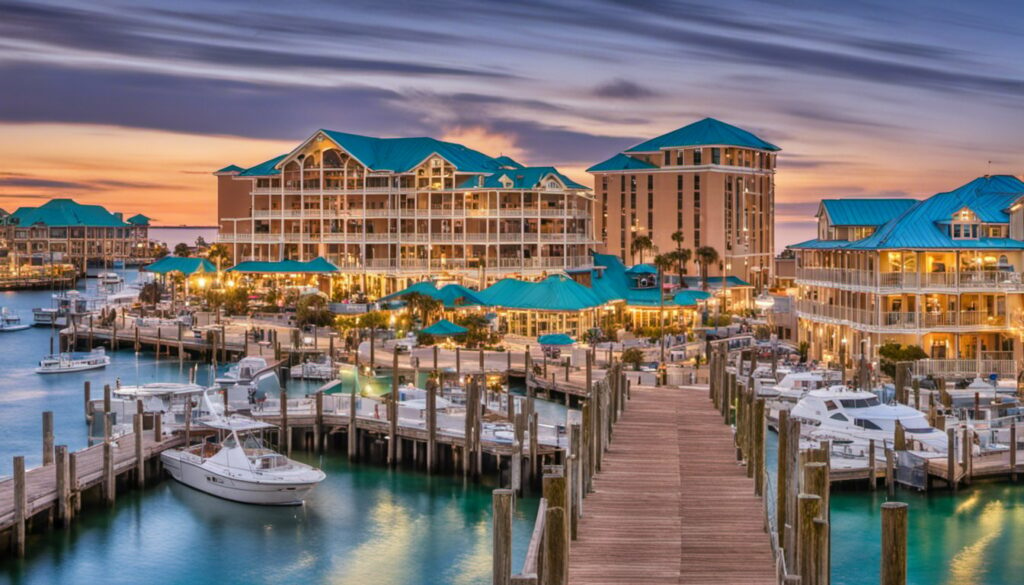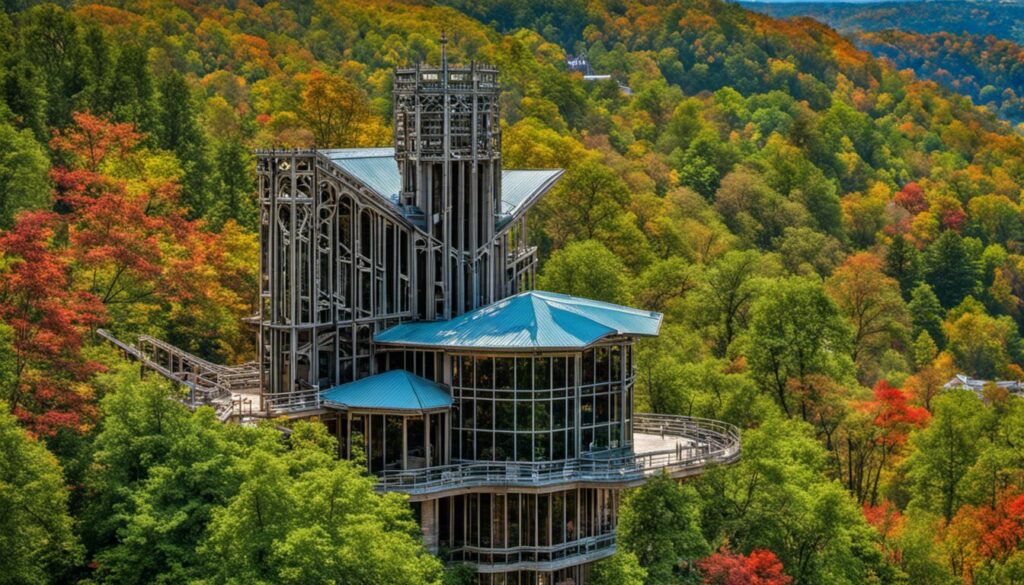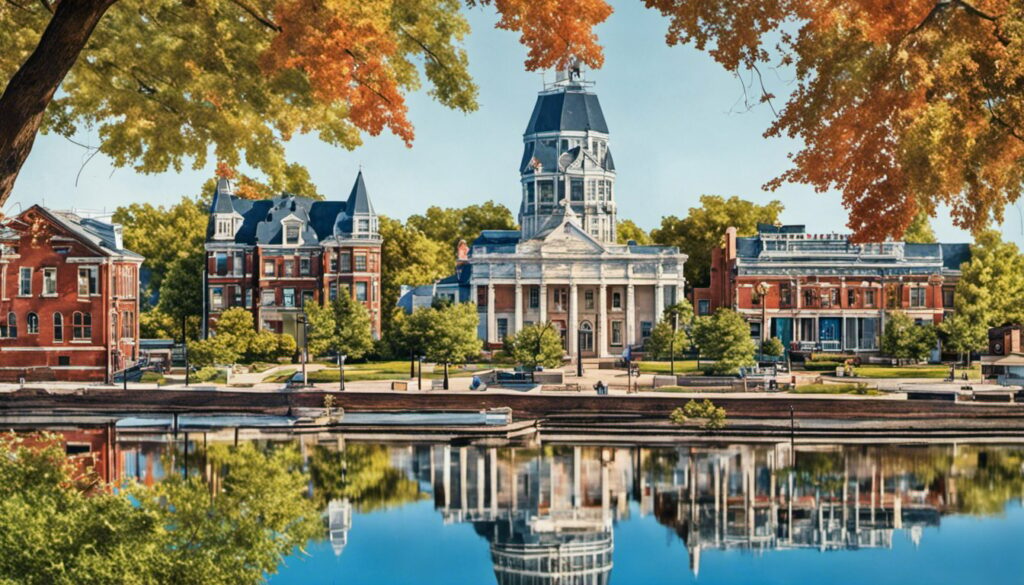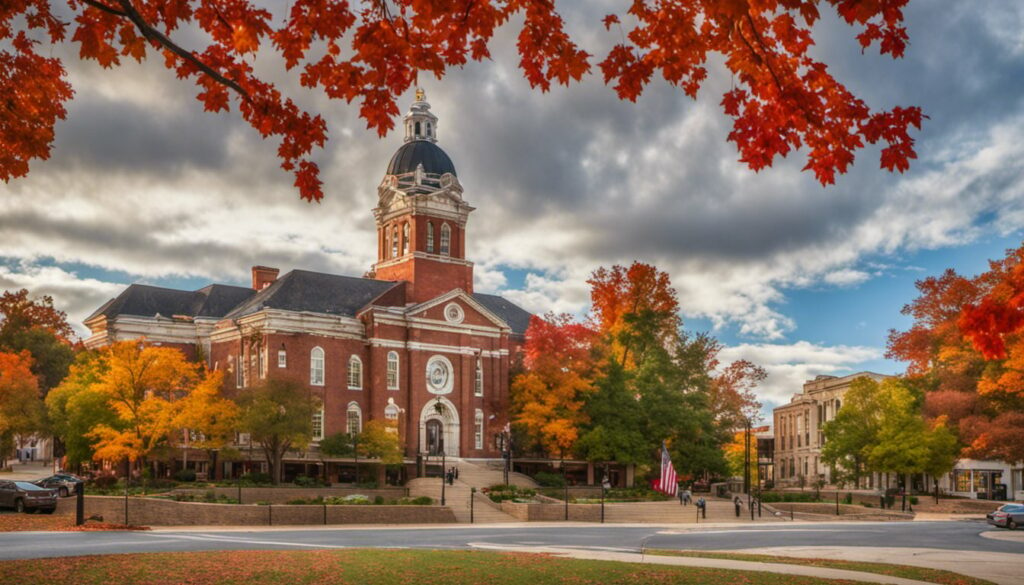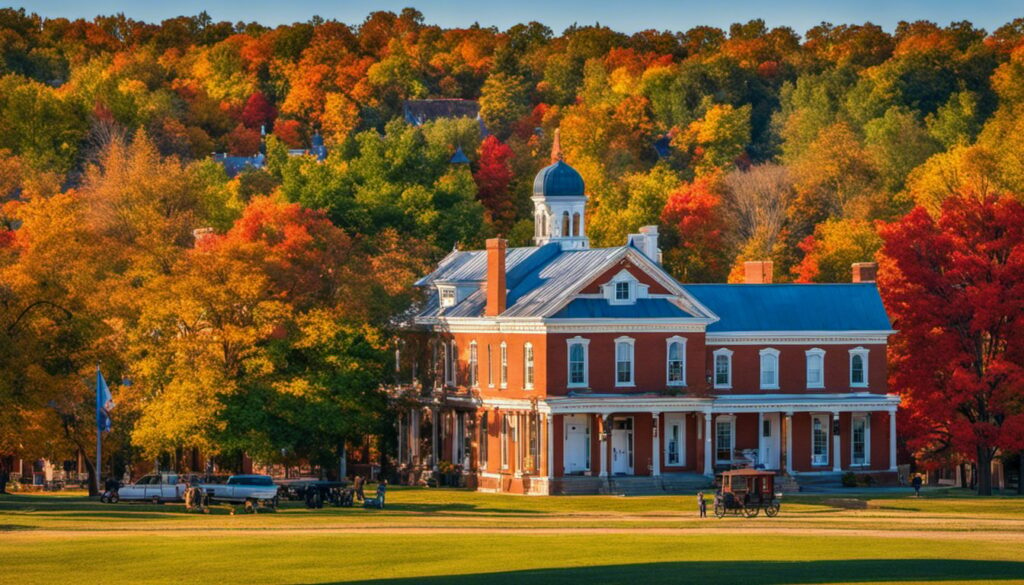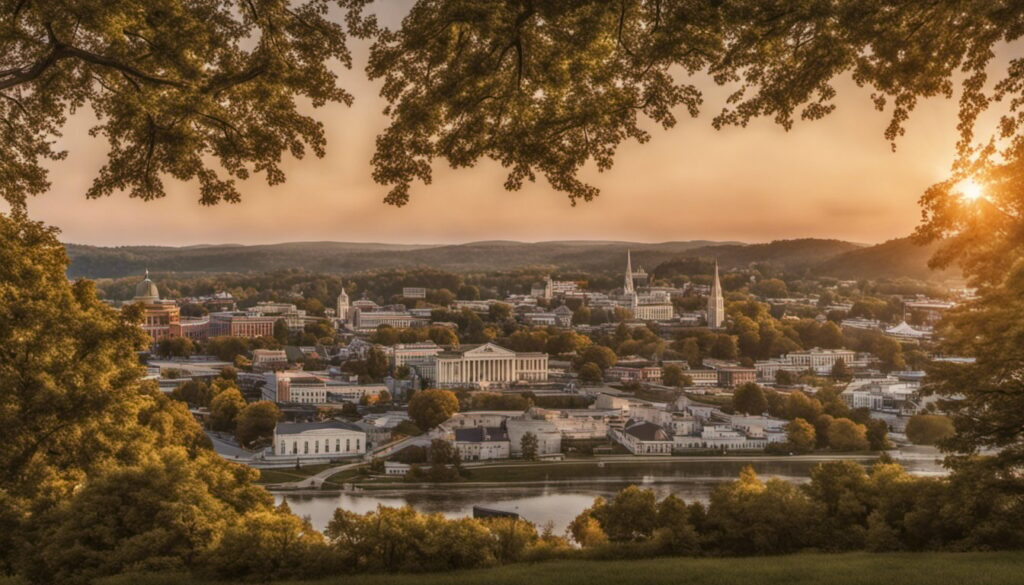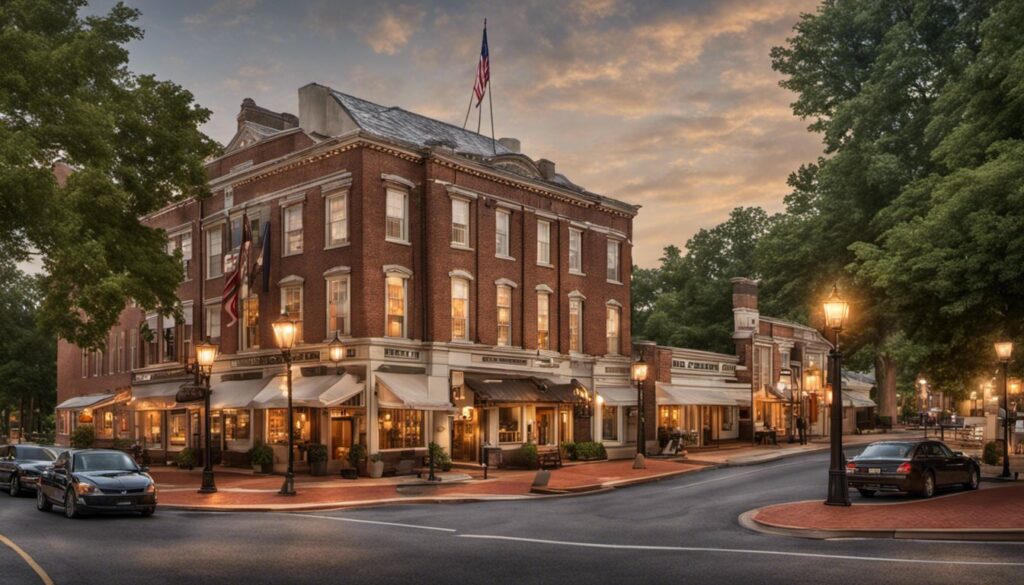Table Of Content
Explore Vermont’s Rich History: Famous Landmarks and Historical Sites Await!
Welcome to Vermont, the Green Mountain State! If you’re a history buff or a lover of architecture, you’re in for a treat. Vermont is home to a wealth of historical homes and landmarks that offer a glimpse into the state’s rich cultural heritage and traditions. From grand mansions to humble homesteads, there’s something for everyone to explore.
Vermont boasts a wide variety of historical landmarks and sites that are sure to pique your interest. Stellafane Observatory, for example, is a landmark observatory built in the early 1920s that has become a shrine to the stars and a focal point for Vermont’s amateur astronomers. The state is also home to 18 National Historic Landmarks, including the Old Round Church in Richmond, which is one of the few surviving examples of a 16-sided meetinghouse in the United States.
Whether you’re interested in exploring the state’s cultural heritage and traditions or immersing yourself in its natural landmarks and parks, Vermont has something for everyone. So pack your bags, grab your camera, and get ready to discover all that this beautiful state has to offer!
Key Takeaways
- Vermont is home to a wealth of historical homes and landmarks that offer a glimpse into the state’s rich cultural heritage and traditions.
- The state boasts a wide variety of historical landmarks and sites, including 18 National Historic Landmarks.
- Whether you’re interested in exploring the state’s cultural heritage and traditions or immersing yourself in its natural landmarks and parks, Vermont has something for everyone.
Historical Homes and Architecture
Vermont is home to many historical homes and buildings that showcase the state’s rich history and architectural heritage. Here are some of the must-visit historical homes and architecture in Vermont:
Calvin Coolidge Homestead District
If you’re interested in visiting a presidential home, you should check out the Calvin Coolidge Homestead District in Plymouth Notch. This site was the birthplace and childhood home of President Calvin Coolidge, the 30th President of the United States. You can tour the home and see the original furnishings and artifacts from the Coolidge family.
Robert Frost Farm
The Robert Frost Farm in Ripton is another must-visit historical home in Vermont. This was the summer home of Robert Frost, one of America’s most celebrated poets. The home is now a museum that showcases Frost’s life and work.
Naulakha
Naulakha is a beautiful home in Dummerston that was built by Rudyard Kipling, the author of The Jungle Book. The home is a stunning example of the Queen Anne style of architecture and is now a museum that showcases Kipling’s life and work.
George Perkins Marsh Boyhood Home
The George Perkins Marsh Boyhood Home in Woodstock is another historical home that is worth a visit. George Perkins Marsh was a senator, diplomat, and conservationist who played a key role in the establishment of the Marsh-Billings-Rockefeller National Historical Park. The home is now a museum that showcases Marsh’s life and work.
Justin Smith Morrill Homestead
The Justin Smith Morrill Homestead in Strafford is a beautiful Gothic Revival home that was built by Justin Smith Morrill, a senator who played a key role in the establishment of land-grant colleges like Middlebury College. The home is now a museum that showcases Morrill’s life and work.
Emma Willard House
The Emma Willard House in Middlebury is another must-visit historical home in Vermont. Emma Willard was a pioneer in women’s education and founded the Troy Female Seminary in New York. The home is now a museum that showcases Willard’s life and work.
Overall, Vermont’s historical homes and architecture are a must-see for anyone interested in the state’s rich history and cultural heritage. Whether you’re interested in presidential history, literature, or architecture, there’s something for everyone to enjoy in Vermont.
Historical Landmarks and Sites
Vermont is a state rich in history, with numerous historical landmarks and sites that provide a glimpse into the state’s past. Here are some of the most notable ones you should definitely visit:
Mount Independence
Mount Independence played a crucial role in the American Revolutionary War. It was here that the Continental Army built a fort to defend against British forces. Today, visitors can explore the fortifications and learn about the soldiers who fought and died here.
Stellafane Observatory
If you’re interested in astronomy, you won’t want to miss Stellafane Observatory. This landmark observatory was built in the early 1920s and has been a focal point for Vermont’s amateur astronomers ever since. Visitors can view the stars through telescopes and learn about the history of astronomy in Vermont.
Vermont State House
The Vermont State House is a stunning example of Greek Revival architecture. It has been the home of Vermont’s government since 1859 and is open to visitors for tours. Inside, you’ll find beautiful murals, intricate woodwork, and historic artifacts.
Hildene
Hildene was the summer home of Robert Todd Lincoln, the son of President Abraham Lincoln. Today, visitors can tour the home and gardens and learn about the history of the Lincoln family. Hildene also hosts events throughout the year, including concerts and lectures.
Robbins and Lawrence Armory and Machine Shop
The Robbins and Lawrence Armory and Machine Shop was a major manufacturer of firearms during the mid-19th century. Today, visitors can tour the historic factory and learn about the history of American manufacturing.
St. Johnsbury Athenaeum
The St. Johnsbury Athenaeum is a library and art gallery that was founded in 1871. It is home to a collection of over 30,000 books and a stunning collection of American and European artwork. Visitors can take a guided tour of the building and learn about the history of the Athenaeum.
Old First Congregational Church
The Old First Congregational Church in Bennington is one of the oldest churches in Vermont. It was built in 1805 and is known for its stunning architecture and historic significance. Visitors can attend services or take a guided tour of the church.
Bennington Battle Monument
The Bennington Battle Monument commemorates the Battle of Bennington, a crucial victory for the Continental Army during the American Revolutionary War. Visitors can take an elevator to the top of the monument for stunning views of the surrounding area.
These are just a few of the many historical landmarks and sites in Vermont. Whether you’re interested in the Revolutionary War, women’s education, or American manufacturing, there’s something for everyone to explore and learn about in this beautiful state.
Cultural Heritage and Traditions
Vermont is a state with a rich cultural heritage and traditions. From Shelburne Farms to Fort Ticonderoga, there are many historical sites and famous landmarks that represent Vermont’s past and present.
Shelburne Farms
One of the most popular landmarks in Vermont is Shelburne Farms. This 1,400-acre estate was built in the late 19th century by William Seward and Lila Vanderbilt Webb. Today, it is a non-profit organization that promotes sustainable farming and education. Visitors can tour the mansion, gardens, and farm, and learn about Vermont’s agricultural traditions.
Shelburne Museum
Another must-see landmark in Vermont is the Shelburne Museum. This museum is home to over 150,000 works of art and artifacts, including folk art, quilts, and furniture. Visitors can explore the 45-acre campus, which includes 39 exhibition buildings, a steamboat, and a covered bridge.
Underground Railroad
Vermont played an important role in the Underground Railroad, a network of secret routes and safe houses that helped slaves escape to freedom in the 19th century. The Rokeby Museum in Ferrisburg is a former Underground Railroad station that tells the story of the abolitionist movement in Vermont.
Socialist Labor Party Hall
Barre, Vermont is home to the Socialist Labor Party Hall, a historic building that was once the headquarters of the Socialist Labor Party. Today, it is a museum that tells the story of the socialist movement in Vermont and the United States.
Fort Ticonderoga
Fort Ticonderoga is a historic fort located on Lake Champlain in New York. It played a significant role in the French and Indian War and the American Revolution. Visitors can explore the fort, museum, and gardens, and learn about the history of the region.
Vermont’s cultural heritage and traditions extend beyond these landmarks. From the Round Church in Richmond to the Maple Syrup Museum in Chittenden, there are many places to explore and learn about Vermont’s history and culture. Whether you’re an anarchist or a socialist, there is something for everyone to discover in Vermont.
Natural Landmarks and Parks
Vermont is known for its natural beauty, and there are several natural landmarks and parks that you should visit. Here are three must-see destinations:
Lake Champlain
Lake Champlain is a natural freshwater lake that stretches 120 miles from the Adirondack Mountains of New York to the Green Mountains of Vermont. It is a popular spot for boating, fishing, and swimming. You can also take a ferry ride across the lake to New York. The lake is home to several species of fish, including lake trout and landlocked salmon. There are several state parks along the lake, including Button Bay State Park and Sand Bar State Park, where you can enjoy hiking, camping, and picnicking.
Quechee Gorge
Quechee Gorge is a natural wonder located in central Vermont. It is a deep, narrow gorge that was formed by glacial activity over 13,000 years ago. The gorge is 165 feet deep and is known as the “Grand Canyon of Vermont.” You can hike down to the bottom of the gorge or enjoy the view from the bridge that spans the gorge. There is also a visitor center where you can learn more about the geology and history of the area.
Brown Covered Bridge
The Brown Covered Bridge is a historic landmark located in Shrewsbury, Vermont. It is one of the few remaining covered bridges in the state and is listed on the National Register of Historic Places. The bridge was built in 1880 and spans the Cold River. It is a popular spot for photography and picnicking. The bridge is also part of the Vermont Covered Bridge Society’s Stewardship Program, which works to preserve and protect the state’s covered bridges.
In addition to these natural landmarks and parks, there are several other state parks and national historic landmarks in Vermont that are worth visiting. Take some time to explore the natural beauty of Vermont and learn more about its history and culture.
Frequently Asked Questions
What are the physical features of Vermont?
Vermont is known for its stunning natural beauty, with rolling hills, dense forests, and sparkling lakes. The state is home to the Green Mountains, which run north to south and offer breathtaking views of the surrounding landscape. Vermont is also home to many rivers and streams, including the Connecticut River, which forms the border with New Hampshire.
What is the significance of the Bennington Battle Monument?
The Bennington Battle Monument is a towering obelisk that commemorates the Battle of Bennington, a key victory for American forces during the Revolutionary War. The monument stands 306 feet tall and offers panoramic views of the surrounding countryside. It is one of Vermont’s most iconic landmarks and a must-see for history buffs.
What is the history behind Mount Independence in Vermont?
Mount Independence is a historic site that was once a strategic military stronghold during the Revolutionary War. The site was occupied by American forces from 1776 to 1777 and played a key role in the defense of Lake Champlain. Today, visitors can explore the site and learn about the history of this important military installation.
Which famous architect designed national historic landmarks in Vermont?
Vermont is home to several National Historic Landmarks, including the Robert Frost Farm and the Justin Smith Morrill Homestead. These sites were designed by famous architects such as Charles F. McKim and Richard Morris Hunt, who were known for their contributions to the Beaux-Arts style of architecture.
What is the history of the Vermont State House?
The Vermont State House is a beautiful example of Greek Revival architecture and has been the seat of Vermont’s government since 1859. The building is home to the Vermont General Assembly and is open to the public for tours. Visitors can learn about the history of the state and its government while admiring the building’s stunning architecture.
What are some interesting facts about Vermont’s historical sites?
Vermont is home to many fascinating historical sites, including the Hubbardton Battlefield, where a key battle of the Revolutionary War was fought, and the Eureka Schoolhouse, which is one of the oldest surviving one-room schoolhouses in the country. Vermont is also home to several historic covered bridges, including the Bridge at the Green in Danville and the Pulp Mill Covered Bridge in Middlebury.

